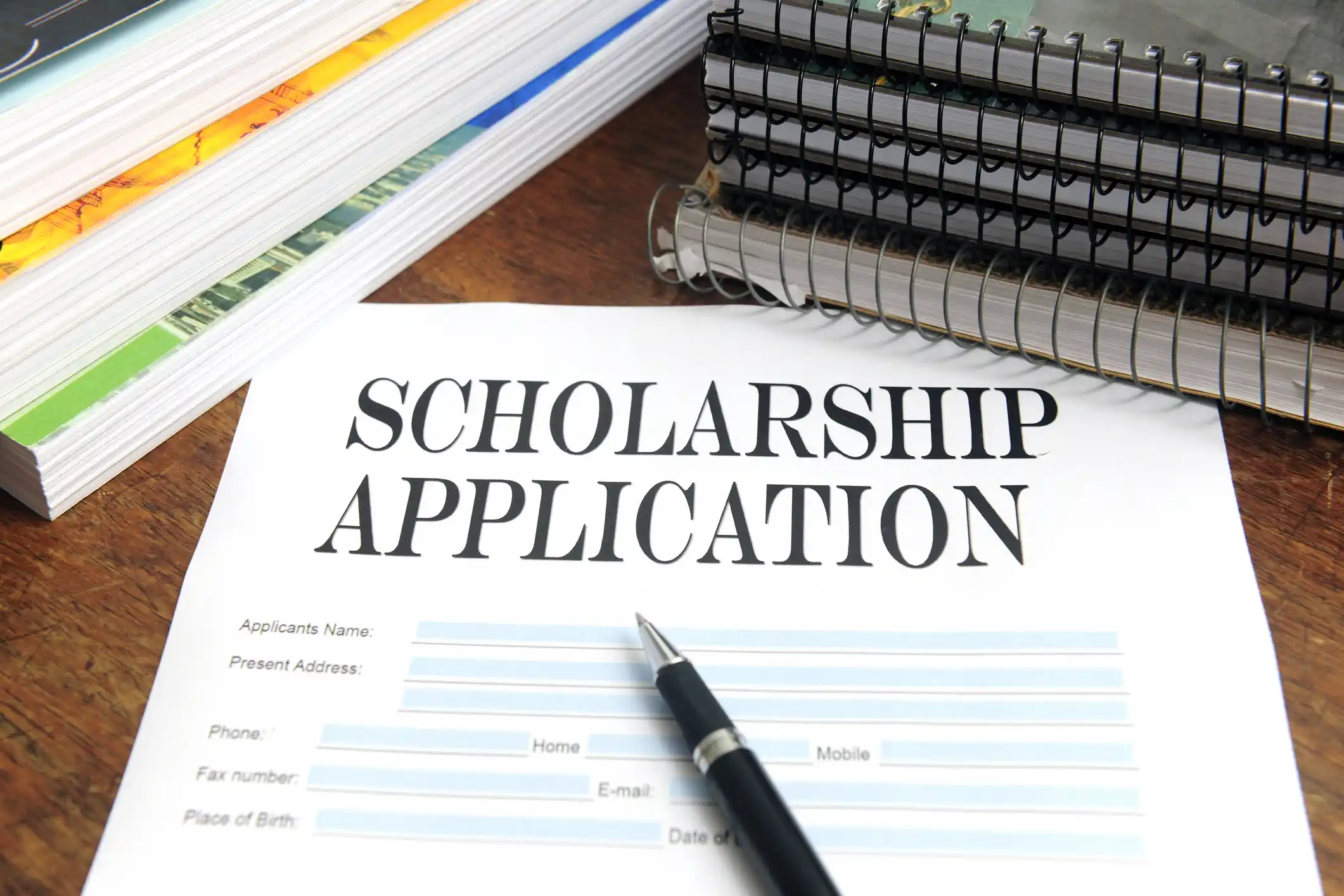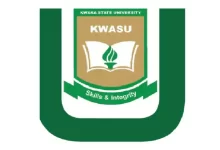American Embassy Scholarships and Grants (Application Guide)

American Embassy Scholarships and Grants Process Guide: The U.S. government is currently offering several American Embassy Scholarships and Grants, which can be very helpful to those who are looking to further their education at an accredited American institution of higher learning but don’t have the funds necessary to pay for it. If you’re thinking about applying for one of these scholarships or grants, use these five tips to increase your chances of success with this application process.
1) Get your background right
Before you can apply for an American embassy scholarship or grant, you’ll need your background in order. Ensure you have all your paperwork (transcripts, police clearance certificates, medical records) ready to go well before your deadline; it takes time for these documents to be processed. When applying, don’t forget that deadlines are usually fixed; if you miss yours by a few days, your application may be voided—so always make sure you leave yourself enough time!
2) What programs you can apply to
The U.S. Department of State maintains a series of programs under which international students can study in the United States, as well as Americans, can study abroad. In terms of American Embassy Scholarships and Grants, Americans who are attending colleges or universities in foreign countries that wish to receive a graduate degree (master’s or doctorate) in a certain subject area must apply through their nearest American embassy or consulate for U.S. State Department grants: International Fulbright Students, Benjamin A.
3) Time management
There’s no denying that being a student is all about time management. Whether you’re working, studying, or doing both, it can be tricky to prioritize your activities. Because American embassy scholarships are so competitive, students need to approach them with an eye toward planning their schedule wisely. Keep these tips in mind when setting up your study plan for next year. To avoid cramming at exam time, start early and try to take some of your courses online or during non-peak hours (if possible). For example, if you’re applying for an American embassy scholarship to study abroad during spring break—or any other busy season—consider taking classes in advance that might otherwise conflict with those dates.
4) Budgeting and saving money
If you’re planning on applying for an American embassy scholarship or grant, budgeting and saving money is essential. First of all, many of these grants are reserved for students in their final year of school. This means that you’ll need money saved up to cover your last year, which could cost you anywhere from $1,000 – $10,000. But scholarships aren’t just focused on your education; many are awarded specifically towards research projects or community service work overseas (most likely in your host country). So expect to be reimbursed for costs as well.
5) The CV/Resume
If you are an international student or scholar, then a CV/resume may be a good option for describing your academic experience. The CV is used by candidates who have both research and teaching experience. Use it when applying to positions that require a doctorate level of education (or foreign equivalent) or where prior employment will be described in detail on an application. In these cases, a resume can seem too brief; however, if used correctly, it can highlight some important qualifications you’d like to bring attention to.
Which university gives the most scholarship to international students?
When applying to a university in an English-speaking country, international students typically look at two factors: how much tuition is and how many scholarships they can receive. The scholarships or grants awarded by universities are often attractive enough that international students enroll even if it means paying more than local students. In Australia, however, some universities don’t offer financial aid to international students; instead, they only have scholarships available for domestic (i.e., Australian) applicants. To find out which universities give out more funding for scholarships, use the scholarship database QS Global Scholarships. Search with your country of residence and select University (undergraduate) as your program type; then sort by the number of awards per institution.
What is the easiest scholarship to get for international students?
There are many scholarship opportunities in America, most of which are simply based on eligibility criteria that are available through your local embassy. Some scholarships you might be eligible for include: Academic Merit (based on GPA), Research Opportunities Program (for students who want to study research methodology), or athletic scholarships. Be sure to apply early as these opportunities often fill up very quickly! Don’t forget that you can also apply directly to universities, many of which offer scholarships specifically targeted at international students.
Which is the most prestigious scholarship in the world?
Well, that would depend on who you ask. But according to the 2019 Times Higher Education Young University Rankings, the most prestigious scholarship in the world is the Rhodes Scholarship. The scholarship covers two years of study at Oxford University, in England.


